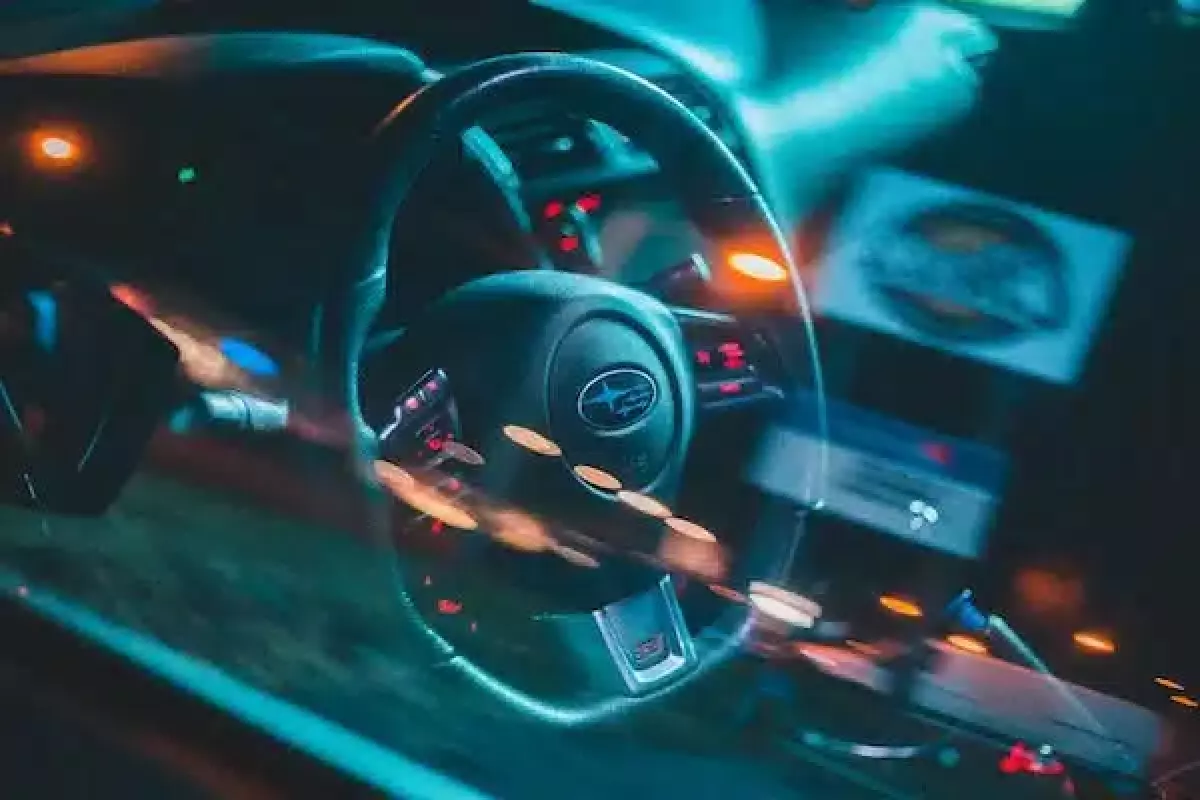Some car owners love to add custom interior LED lights to their vehicles to give them a unique and stylish look. With a wide variety of colors to choose from, they can personalize their car's interior design to match their preferences. But before you go ahead and install LED lights in your car, it's important to know if it's legal in your state.
The Legal Landscape
While LED lights can enhance the appearance of your car's interior, it's worth noting that their use is illegal in some states. To help you understand the laws regarding LED lights in cars, we've done extensive research on the regulations in all 50 states. Let's explore the results.
 Image source: saigonintela.vn
Image source: saigonintela.vn
States Where LED Lights Inside Cars Are Legal
In certain states, there are no specific laws that explicitly prohibit the use of LED lights in car interiors. However, there are still restrictions that car owners must adhere to. For instance, in these states, it's essential to ensure that the license plate illumination is white. Additionally, flashing or non-stationary lights may be illegal in certain areas of the vehicle.
Let's take a closer look at the specific regulations in some of these states:
1. Alabama
In Alabama, it's important to note that installing any red lights in front of vehicles is prohibited. Car owners should avoid using blue and red lights, as they are reserved for emergency vehicles. Instead, white or amber under-glow lights are recommended.
2. Alaska
While Alaska does not allow the use of blue lights on vehicles, car owners can install white lights in the front, amber lights on the sides, and red lights in the rear.
3. Arizona
Arizona requires that only amber or white lights should be visible in the front of the vehicle, while red lights should be visible in the rear. Blue and red lights are reserved for emergency vehicles.
4. Arkansas
Arkansas permits the display of two additional white ornament lights in the front of the vehicle. However, no red, blue, or green lights should be visible from the front.
5. California
California has a rule that LED lights must not emit more than 0.05 candela per square inch. Only white and amber lights are allowed in the front, and red lights in the rear. LED lights should also be installed within 12 inches of the required lights.
6. Colorado
In Colorado, green, red, and blue lights should not be visible from the front of the car.
These are just a few examples of the regulations in states where LED lights inside cars are legal. It's essential to familiarize yourself with the specific laws in your state to ensure compliance.
States Where LED Lights Inside Cars Are Illegal
In some states, the use of LED lights in cars is either prohibited altogether or only allowed in specific circumstances, such as exhibitions or shows. Here are a few examples:
42. Connecticut
Connecticut law strictly prohibits the installation of any LED lights in a vehicle, even if they are not in use. Failure to comply with this law can result in penalties.
43. Illinois
Using LED lights in Illinois is illegal, except for certain aftermarket lights such as side cowl or fender lamps and running board courtesy lamps. These lights must emit only non-glaring white or amber light.
44. Maine
LED lights are only legal in Maine for use in shows and exhibitions, but not when driving. The state requires white or amber lights in the front, amber lights on the sides, and amber or red lights in the rear.
45. Massachusetts
In Massachusetts, the use of blue or flashing lights is only permitted with a special permit. Violating the law regarding LED lights can result in fines ranging from $100 to $300.
46. Michigan
Michigan prohibits the use of additional lighting while driving on public roads. Car owners can install LED lights in their cars, but they must not be visible or lit while driving. Flashing lights of any kind are also illegal.
These are just a few examples of states where LED lights inside cars are illegal or heavily regulated. It's crucial to understand and comply with the specific laws in your state to avoid penalties.
Conclusion
If you're considering adding LED lights to your car's interior, it's important to be aware of the legal implications. While LED lights can make your car look stylish, it's essential to ensure compliance with the laws in your state. Familiarize yourself with the specific regulations, adhere to the correct color restrictions, and avoid using flashing or non-stationary lights. Stay informed to enjoy your customized car interior without any legal repercussions.
Remember, always drive safely and responsibly, and consult your local authorities or legal professionals for any specific questions or concerns regarding LED lights and other vehicle modifications.
Disclaimer: This article is for informational purposes only and should not be considered as legal advice. Laws and regulations may vary, and it is your responsibility to ensure compliance with the laws in your jurisdiction.







